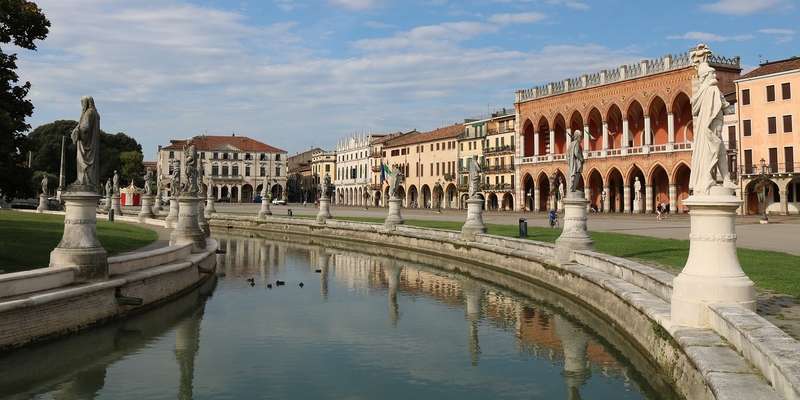- Home
- Useful Tips
- Padua's connection to...
Few travelers realize Padua's pivotal role in shaping modern science during the Renaissance. While crowds flock to Venice, this university town quietly harbors revolutionary sites where Galileo taught and the first anatomical theater challenged medieval beliefs. Over 60% of visitors miss these profound locations, unaware that Padua's scientific legacy rivals Florence's artistic treasures. The frustration compounds when arriving at key sites like the 1545 Botanical Garden – a UNESCO gem – only to find long queues obscuring the very specimens that changed medicine. For history lovers, this oversight means missing tangible connections to thinkers who redefined our understanding of the natural world. Unlike more polished Italian destinations, Padua's scientific landmarks require context to appreciate fully, with their significance often hidden behind weathered university walls and untranslated Latin inscriptions.


Navigating the University of Padua's scientific legacy
The University of Padua's Palazzo Bo holds more intellectual history per square meter than most museums, yet its importance escapes casual observers. Here, Galileo's original podium still stands in the Aula Magna, where he challenged Aristotelian physics before astonished students. The real challenge lies in separating impactful locations from ceremonial spaces – while the 1594 Anatomical Theatre (the world's first permanent dissection arena) delivers chills, the nearby 'Sala dei Quaranta' with its portraits of famous alumni requires historical knowledge to appreciate. Time-strapped visitors often make the mistake of rushing through, missing subtle details like the zodiac frescoes in the ancient courtyard that reflect Renaissance blending of science and astrology. Early mornings on weekdays offer quieter moments to absorb the atmosphere before student tours arrive.
Decoding the Botanical Garden's living laboratory
Padua's Orto Botanico presents a unique puzzle – how to recognize which of its 6,000 plants represent groundbreaking scientific milestones. The garden's original 1545 layout (a circular central plot symbolizing the world) contains 'Goethe's Palm', the very tree that inspired the poet's theories of plant morphology. Most visitors walk right past the poisonous plant collection that revolutionized pharmacology, unaware these beds were once locked to prevent theft of medicinal specimens. The garden's genius lies in its continuity – the 450-year-old 'Palma di San Pietro' shows how Renaissance naturalists studied growth patterns over centuries. For deeper understanding, focus on the greenhouse's carnivorous plants, which fascinated Victorian scientists, and the autumn fruiting of ancient magnolias that helped classify plant families.
Finding Padua's overlooked scientific landmarks
Beyond the university complex, Padua hides scientific treasures in plain sight. The Specola Observatory's tower, often mistaken for just another medieval structure, hosted 18th-century astronomers who mapped Venus' transit. Similarly, the Piazza delle Erbe's market stalls occupy the same space where Renaissance physicians sourced dissection specimens after public executions. The little-known Museum of the History of Physics houses Galileo's lenses and early electrical machines, but its limited opening hours require planning. For an unconventional stop, seek out the Porta Portello's sundial – this river gate's precision markings reveal how Renaissance engineers integrated science into urban infrastructure. These dispersed sites reward those who connect them into a coherent narrative of Padua's experimental spirit.
Timing your visit for maximum insight
Padua's scientific sites demand strategic timing to avoid frustration. The Anatomical Theatre restricts access to 25 visitors every 20 minutes, making 11 AM weekdays (when student groups thin out) ideal. October offers dual advantages at the Botanical Garden – fewer crowds and ripe specimens on historic trees, while winter provides rare access to the Specola's meridian line when sunlight angles through its aperture. Many don't realize university buildings close during graduation seasons (April and November), making early afternoon visits risky. For photography enthusiasts, the golden hour transforms the Botanical Garden's geometric beds into living examples of Renaissance design principles, while rainy days offer perfect conditions to explore the dense instrument collections at the History of Physics Museum without competing for display cases.



